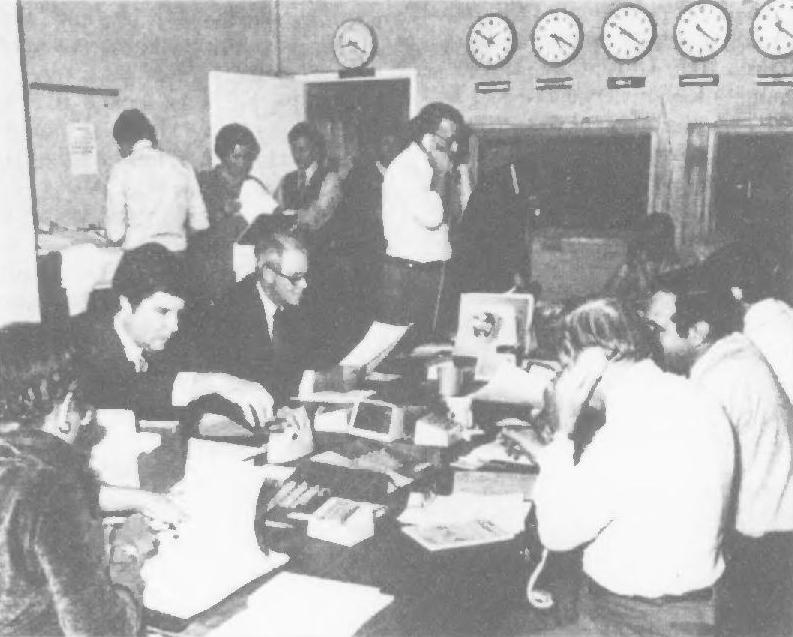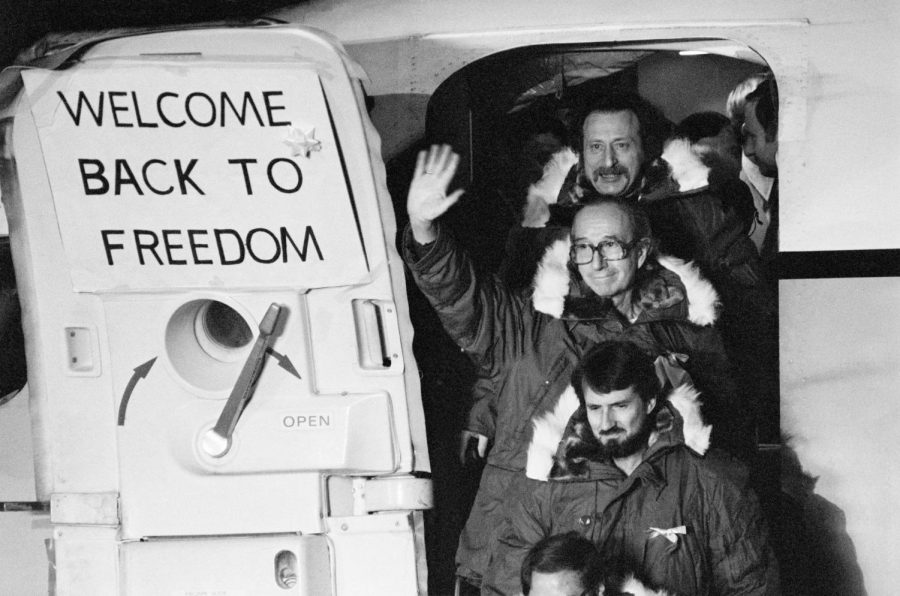HOMECOMING
NEGOTIATIONS
President Carter’s aide, Hamilton Jordan, flew to Paris to meet with Ghotbzadeh , Iran's representative. After weeks of intense talks, a plan was devised. Vice President Mondale leaked the information “The crisis was nearing an end." Diplomacy failed as the Ayatollah praised the hostage situation and announced no release.

Secretary of State Cyrus Vance, State Department Operations Center 1979, Wikipedia
In April, President Carter publicly promised not to impose further sanctions in exchange for the release of the hostages.
The Iranian President Banisadr issued new demands and Carter agreed to them, but again Khomeini vetoed the plan.
An invasion by Iraq in September 1980 made Iran more eager to resolve the hostage crisis. By this time, two of Iran's demands were met—the Shah was dead and "most" of his wealth had been "removed from American banks", but new demands emerged.
Iranian new demands:
#1
Apologize for the United States' historical role in Iran
#2
Unlock Iranian assets in America
#3
Withdraw any legal claims against Iran arising from the embassy seizure
#4
Promise not to interfere in the future
"Finally the phone call came through, we have a deal."
~Jimmy Carter, President of the United States

Freed American Hostages, January 20, 1981, Dolphin Media
HOMECOMING
Minutes after President Reagan was sworn in as President, the 52 American hostages were released. They were flown from Iran to Algiers, Algeria where Warren Christopher was waiting. From Algiers they would continue to Rhein-Main Air Base in West Germany.
Former President Carter , acting as emissary, was there as they received medical check-ups and debriefings.
Upon arriving in New York, the freed hostages received a hero's welcome and stayed until their parade through New York City.
1981 Iran Hostages Return; Jackson Bain; Youtube